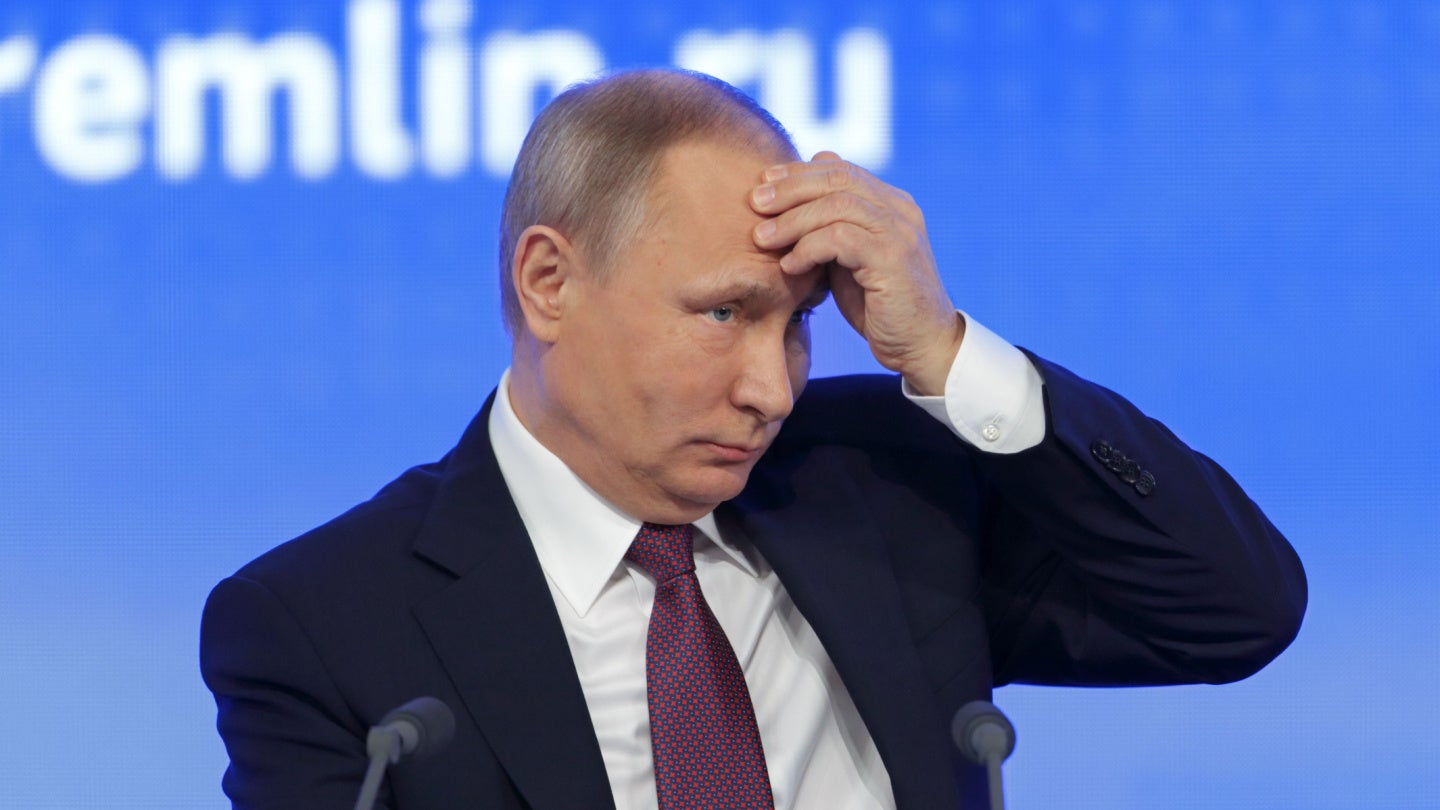Since Russia invaded Ukraine in February 2022, which followed hot on the heels of a global pandemic, the country’s pre-existing demographic issues have grown.
Russia is an aging population. It is asymmetrical gender-wise, with ten million more women than men; and is grappling with a high mortality rate. The Economist estimates that since 2019 two million more lives than expected have been lost. Of that two million, roughly three quarters can be attributed to the pandemic. The official fallout of the war is yet to be seen.
One consequence of this crisis could be the loss of vital technology expertise among Russians. The pandemic and subsequent war will have impacted the number of educated middle-class Russians that can support the country’s technology industry. And, ultimately, economic and political power in the 21st century is decided by countries with world-class tech capabilities.
Russians are fleeing their homeland
Since the beginning of the Ukraine conflict in February 2022, the fear of Putin imposing martial law and shutting down borders incentivized many Russians to pack up their bags and leave. For those who were already unhappy with the encroaching authoritarianism, Ukraine was the last straw. Wealthier Russians left to avoid sanctions and preserve their financial interests.
Analysts at Alfa Bank estimate emigration from Russia to be approximately one million people since the beginning of 2022. Russia has only seen this scale of mass exodus twice before: during the 1917 Bolshevik Revolution (an estimated 1.6 million people fled the country) and again in 1991 with the collapse of the Soviet Union (about 25 million ethnic Russians in post-Soviet states found themselves living outside of Russia).
Russia is facing a snowballing casualty rate in Ukraine
The Centre for Strategic and International Studies reports that the average rate of Russian soldiers killed per month fighting in Ukraine is at least 25 times higher than that in the 1990s Chechnyan conflicts, and 35 times higher than in the 1980s war in Afghanistan.

US Tariffs are shifting - will you react or anticipate?
Don’t let policy changes catch you off guard. Stay proactive with real-time data and expert analysis.
By GlobalDataStephen Sestanovich, a former US ambassador to the Soviet republics and now part of the Council on Foreign Relations hints that Putin is trying to grow Russia’s population size by annexing Ukraine. This theory is certainly supported by the Kremlin’s narrative that Ukraine is and always has been, part of Russia. By seizing Ukraine, the Kremlin hopes to bring the huge Russian diaspora in Ukraine, between 11 and 12 million, back into the fold. However, instigating a war seems counterintuitive to Putin’s ambition to solve the demographic nightmare.
Russia must confront its bleak future
TS Lombard statistics reveal that the number of working-aged people in Russia has been in decline since its peak at 90 million in 2005. By 2036 this will sit at 78 million. This decline will likely result in lower overall productivity, which does not spell a positive economic future. According to the figures, the tech industry will be a major casualty of this.
An MIT technology review boldly claimed that Russia had “killed its tech industry”, in part due to tech specialists leaving the country. The Moscow Times reported that Russia lost over 23% of its top programmers and 10% of its IT specialists in 2022. The Gaidar Institute characterized the drop in the number of skilled workers in the industrial sector as on a scale “not seen in the country’s modern history.”
The world’s leading powers will be those that lead the ongoing technological revolution. It is difficult to envisage Russia being part of this revolution as, without highly skilled workers, it is impossible to nurture growth and innovation.
War and political discontent will culminate in a huge death toll and brain drain as those who could represent the country’s future either become casualties or relocate. Demographics is not always destiny. However, Putin’s gamble in Ukraine has cemented Russia’s future as a bygone superpower.









